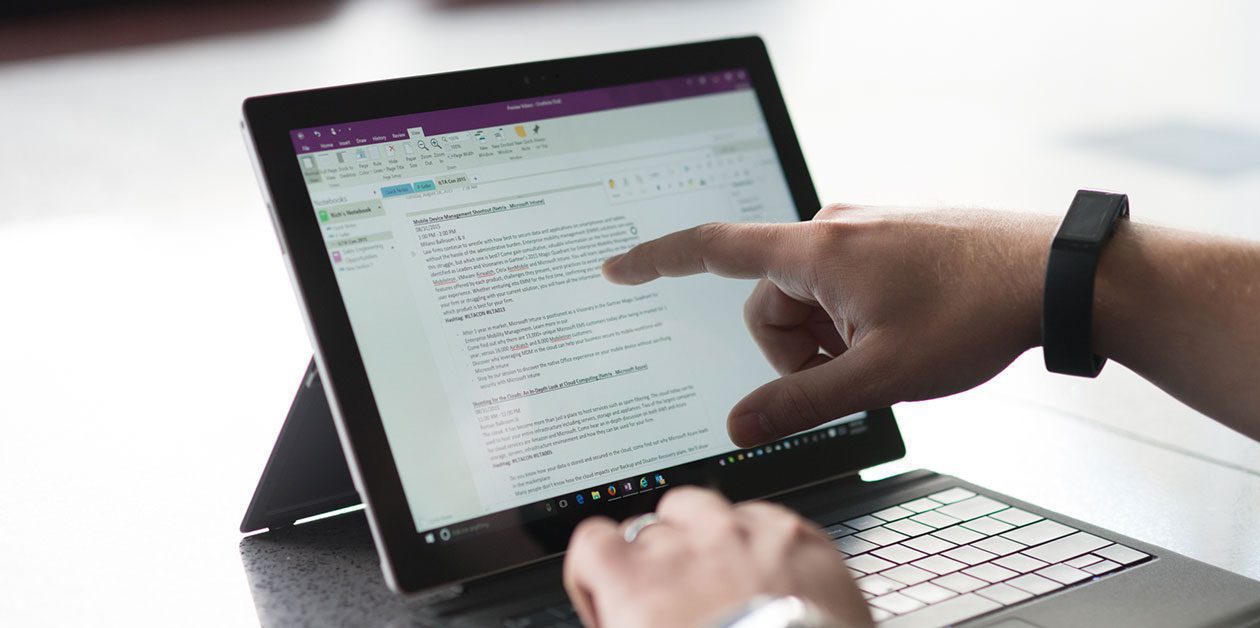Share
Read also

News & Events
ENTERSOFTONE: The merger of Entersoft and SOFTONE has been completed, creating the largest provider of business software products and services in Greece and Southeast Europe.

Mobility
Outlook for the BYOD and EM market from 2025 to 2035

Cloud
The Cloud CRM market will see impressive growth by 2033

Mobility
Key trends in Sales Force Automation
No one was prepared for the changes in working conditions brought about by the pandemic. The shift to remote work has enhanced the role of mobility, forcing businesses to improve their policies, increasing security, and adapting them to the new decentralized model. As a result, a few new and interesting trends emerged in Enterprise Mobility.
BYOD
Some years ago, IT departments began to realize that employees were using their own, personal devices to connect to the corporate network. Gradually, this became a trend called BYOD (Bring Your Own Device) which is now a well-established business practice. BYOD raised a series of concerns, such as who owns the device, who will pay for the services, what are the security requirements, etc. But, maintenance and enhancement of specific BYOD policies are becoming more and more effective as time goes by, enabling both businesses and employees to enjoy the provided options and improve their performance.
Multi-level security
With an ever-increasing number of users working remotely, security strategies need to be adapted. Recognizing the difficulty of enforcing device security policies will lead to a shift towards back-end security to block attacks before they reach devices. Multi-Factor Authentication (MFA) has become the standard for accessing accounts.
As it turns out, every time security technologies improve, attacks become more sophisticated, so the diligence and attention given to the development of new security measures will continue unabated.
5G= New apps
5G promises high wireless communication speeds, but, in the end, the biggest advantage is the reduced latency. Seamless communication without delays implies a wide variety of new applications, including motor vehicles, etc. Initially, there may be some confusion in the market, but it is certain that impressive new possibilities will follow.
ΙοΤ and BLE
Internet of Things (IoT) continues to proliferate with billions of new devices connected to the network. Bluetooth Low-Energy (BLE) technology promises to enhance the interaction between people and things on the network, enabling the network to identify a given user based on their mobile device, and take specific actions in specific circumstances. This means that new horizons are opening for increased automation in a variety of applications, while at the same time new privacy issues are emerging that need to be addressed.
On the other hand, the proliferation of IoT devices increases connectivity problems, including how that connectivity will be paid for, essentially based on the large number of devices included. These are challenges that need to be appropriately addressed, which requires time and long-term planning.






